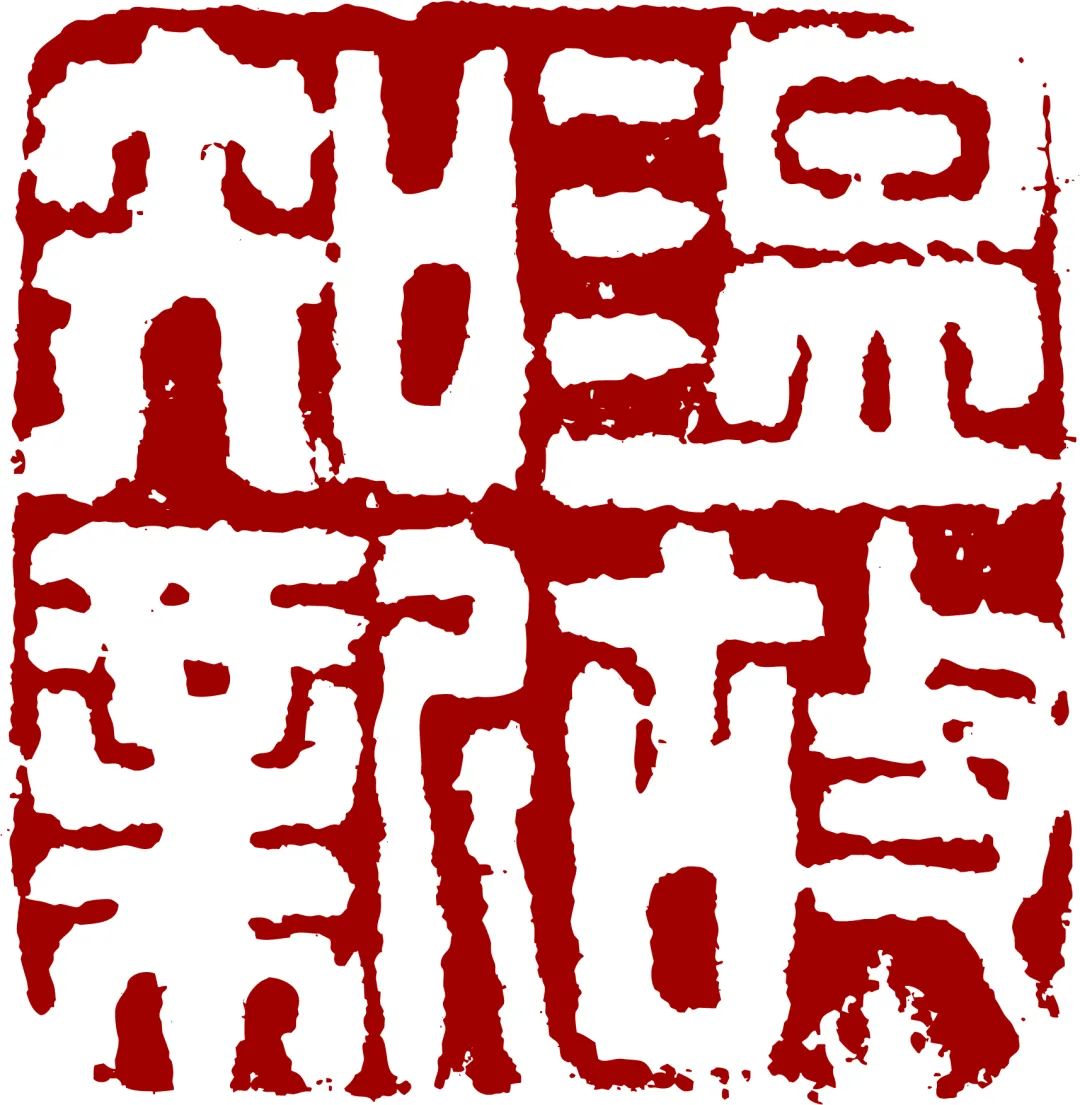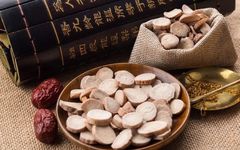
“Understanding Bai Shao” by Zhu Shuigen / Seal Carving
Bai Shao (White Peony) is the root of the plant Paonia lactiflora (cultivated variety) and Paonia veitchii. The Bai Shao used in China today is mostly derived from the roots of Paonia lactiflora and its variant Paonia veitchii, which are dried after boiling. It grows in shrubs or grasslands on hillsides and valleys, distributed in provinces such as Anhui, Zhejiang, Henan, Shandong, Shanxi, and Shaanxi. Bai Shao is slightly cold in nature, with a bitter and sour taste; it enters the liver and spleen meridians. It is a blood-nourishing herb with a long history of medicinal use in China, first recorded in the Eastern Han Dynasty’s “Shennong Bencao Jing” and classified as a medium-grade herb.

Properties of Bai Shao
 【Main Effects of Bai Shao】
【Main Effects of Bai Shao】
1. Nourishes blood and moistens yin. It is used for symptoms of blood deficiency such as pale complexion, fatigue, dizziness, palpitations, and chest tightness, as well as for yin deficiency symptoms like night sweats and tidal fever.
2. Soothes the liver and alleviates pain. It is indicated for chest and flank pain due to liver yin deficiency, as well as for spasms and pain in the hands and feet.
3. Calms liver yang. It is used for headaches, dizziness, irritability, and anger due to excessive liver yang.
 【Usage of Bai Shao】
【Usage of Bai Shao】
1. Decoction. Bai Shao is typically decocted with other herbs, with a general dosage of 10-15 grams.
2. Raw or processed. Raw Bai Shao is used for nourishing yin and calming liver yang, while stir-fried Bai Shao reduces its cold nature; vinegar-fried Bai Shao is more effective for soothing the liver and alleviating pain.
3. Culinary use. Bai Shao can be added to dishes, stewed with other ingredients such as chicken or pig’s trotters.
4. Infused in alcohol. Bai Shao can be soaked in quality white liquor for several months before consumption.
5. Pills and powders. Dried Bai Shao can be ground into powder and mixed with other herbs to create pills or powders.
 【Precautions】
【Precautions】
1. Should not be used alone for conditions of deficiency and cold.
2. Should not be used in conjunction with Li Lu (Veratrum).

Produced by: Lankai City Traditional Chinese Medicine Hospital Official WeChat
Text and Images by: Promotion Center
Edited by: Xu Juan
Reviewed by: Zhu Shuigen

